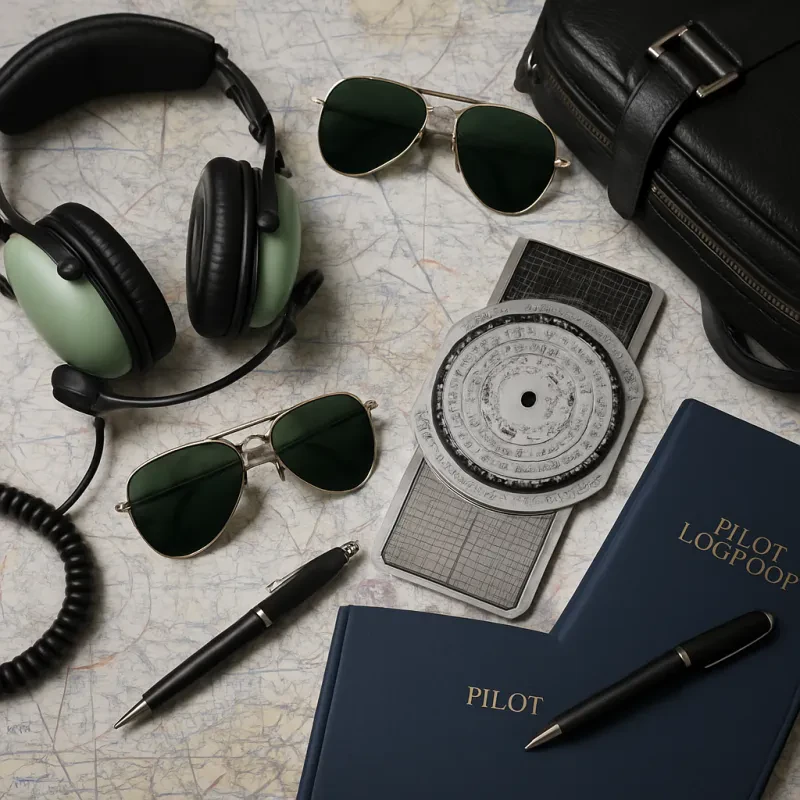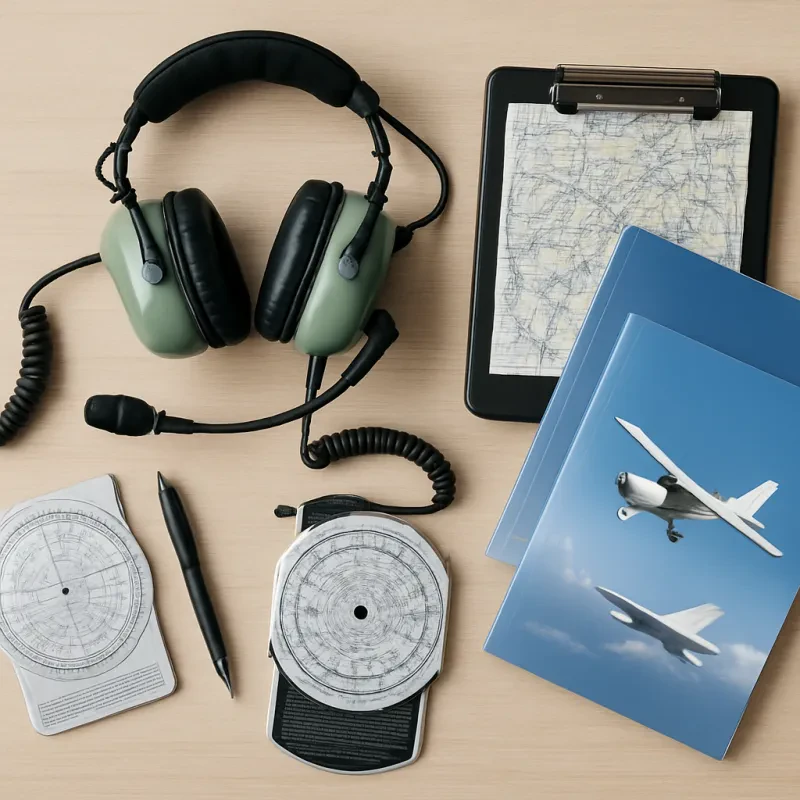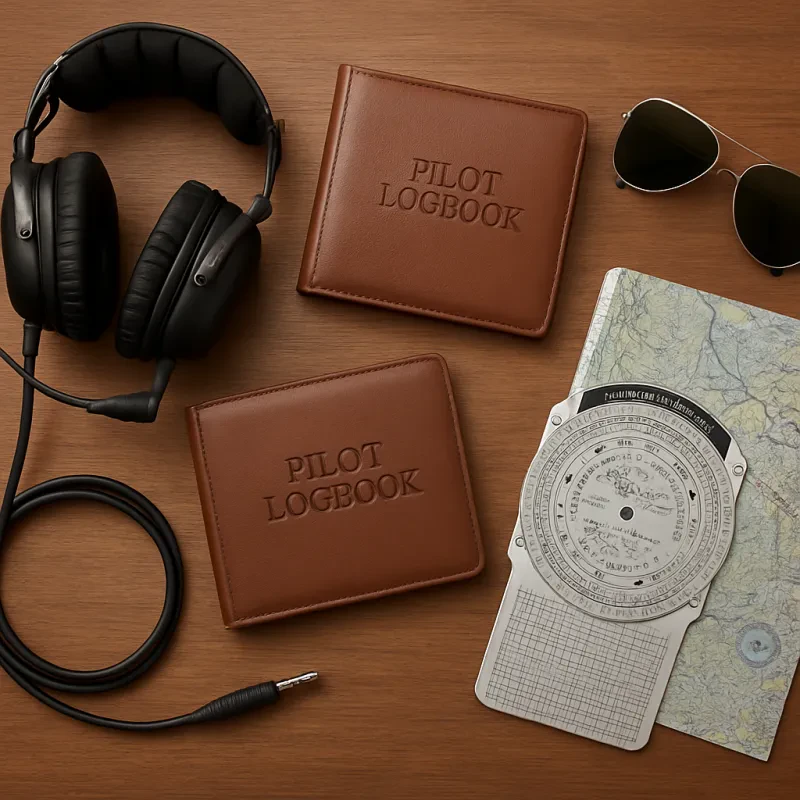When it comes to choosing your first sport aircraft, there are several different types to consider. Each type offers unique features and capabilities, so it's important to explore your options before making a decision.
One popular choice is the ultralight aircraft, which is small, lightweight, and easy to fly. These aircraft are designed for recreational purposes and are often used for sightseeing and short flights. Ultralights are a great choice for beginners due to their simplicity and ease of handling.
If you're looking for something a bit more versatile, consider a light sport aircraft (LSA). LSAs are slightly larger than ultralights and can be used for a wider range of activities, including cross-country flights and training for a private pilot's license. These aircraft are known for their fuel efficiency and comfortable cockpit design.
For those looking for a high-performance option, consider a kit-built experimental aircraft. These planes are often built from kits by individual pilots and offer a customizable flying experience. Kit-built aircraft can be tailored to your specific needs and preferences, making them a popular choice for pilots who enjoy a hands-on approach to aviation.
Consider Your Budget and Financing Options
When it comes to purchasing your first sport aircraft, one of the most important factors to consider is your budget. Aircraft prices can vary greatly, so it's essential to have a clear understanding of how much you are willing and able to spend. In addition to the purchase price of the aircraft, don't forget to take into account other costs such as insurance, maintenance, fuel, and storage fees.
There are a variety of financing options available for purchasing a sport aircraft. Many banks and lending institutions offer aircraft loans specifically designed for individuals looking to purchase an aircraft. Before applying for a loan, be sure to shop around and compare interest rates and terms to ensure you are getting the best deal possible. Additionally, consider alternatives such as personal loans or financing through the aircraft manufacturer.
Another financing option to consider is aircraft partnerships or fractional ownership. This can be a great way to reduce the financial burden of owning an aircraft while still enjoying all the benefits of aircraft ownership. By sharing the costs and responsibilities with other owners, you can make aircraft ownership more affordable and accessible.
Find a Qualified Flight Instructor
Finding a qualified flight instructor is crucial when it comes to choosing your first sport aircraft. A good instructor can make all the difference in your learning experience and help propel you towards achieving your aviation goals. So, how do you find the right instructor for you? Here are a few tips to help guide you in your search.
First and foremost, it's important to look for an instructor who is certified by the Federal Aviation Administration (FAA). This certification ensures that the instructor has met the necessary requirements and possesses the knowledge and skills to effectively teach you how to fly. You can verify an instructor's certification by asking to see their FAA license or by checking the FAA's online database.
Additionally, consider the instructor's experience and qualifications. Look for someone who has a good amount of flying experience, particularly in the type of aircraft you are interested in flying. A more experienced instructor will likely be better equipped to handle a variety of situations and provide you with valuable insights and tips based on their own flying experiences.
Lastly, don't forget to consider the instructor's teaching style and personality. You'll be spending a considerable amount of time with your instructor, so it's important to find someone you feel comfortable with and who can effectively communicate information to you in a way that you understand. Consider scheduling an introductory lesson or meeting with potential instructors to get a feel for their teaching style and determine if they are the right fit for you.
Understand Maintenance and Insurance Requirements
One important aspect to consider when choosing your first sport aircraft is understanding the maintenance and insurance requirements. Owning an aircraft means taking on the responsibility of keeping it in proper working condition to ensure safety and longevity. Regular maintenance checks are essential to prevent any unexpected issues while flying. It is recommended to develop a routine maintenance schedule and keep detailed records of all maintenance activities to stay organized and ensure that your aircraft is always in top shape.
In addition to maintenance, it is crucial to have the appropriate insurance coverage for your sport aircraft. Insurance is a must-have to protect your investment in case of unforeseen circumstances such as accidents or damage. Different insurance policies offer varying levels of coverage, so it is important to research and compare options to find the best fit for your needs. Factors such as your flying experience, the type of aircraft you own, and where you plan to fly can all affect your insurance rates, so be sure to talk to different insurance providers to find the right policy for you.
When it comes to maintenance and insurance for your sport aircraft, it is better to be proactive than reactive. Regularly scheduled maintenance checks can help catch any potential issues early on, saving you time and money in the long run. And having the right insurance coverage in place will give you peace of mind while flying. By understanding and staying on top of maintenance and insurance requirements, you can enjoy many safe and enjoyable flights in your sport aircraft.


